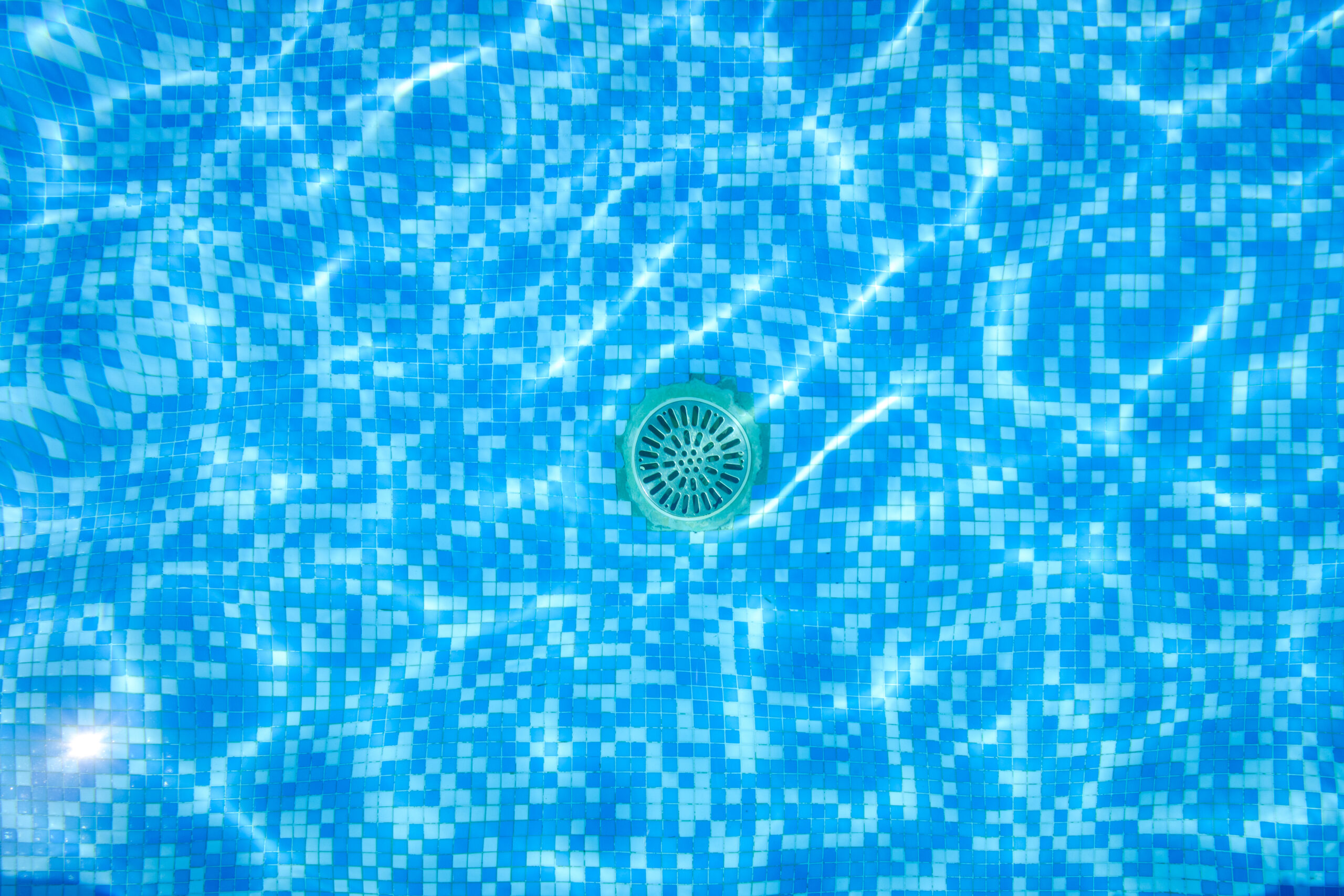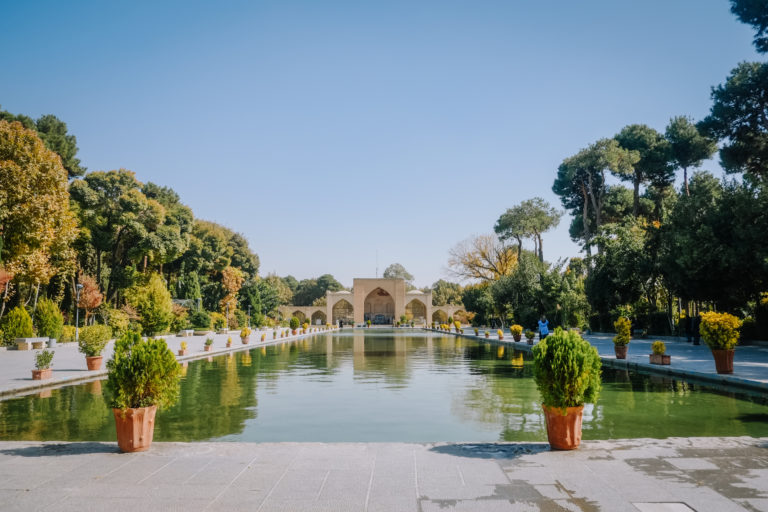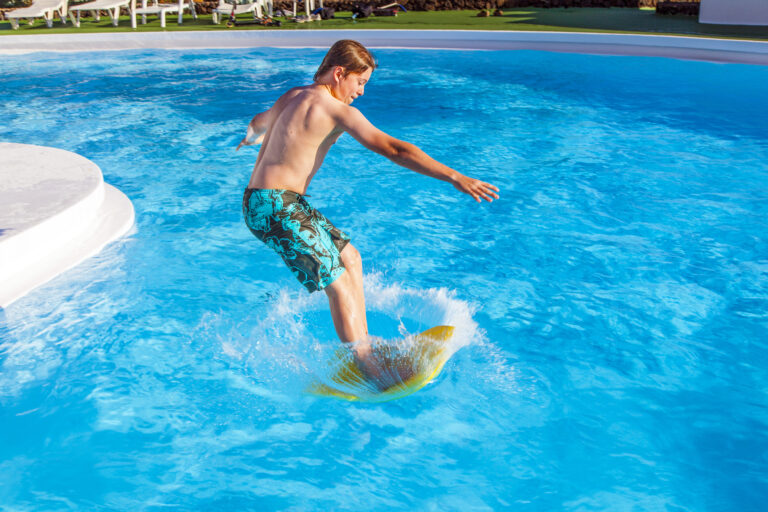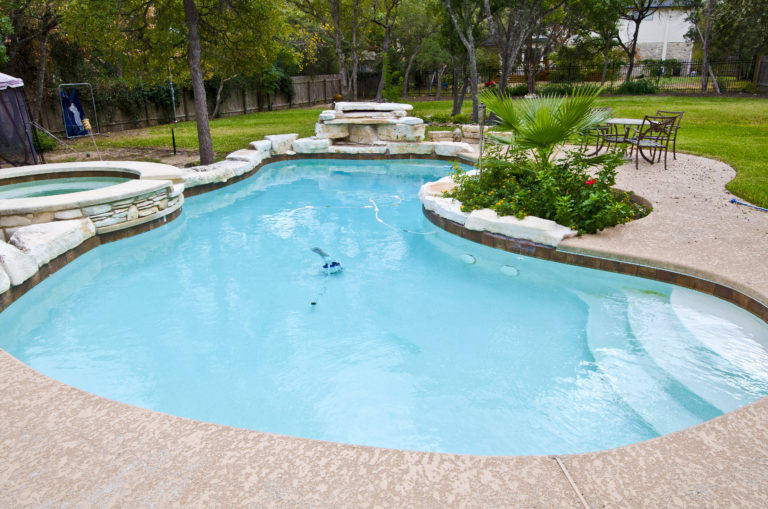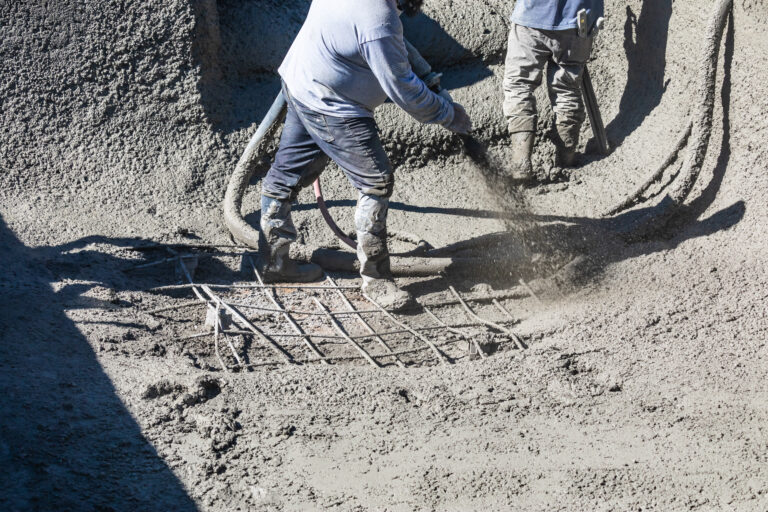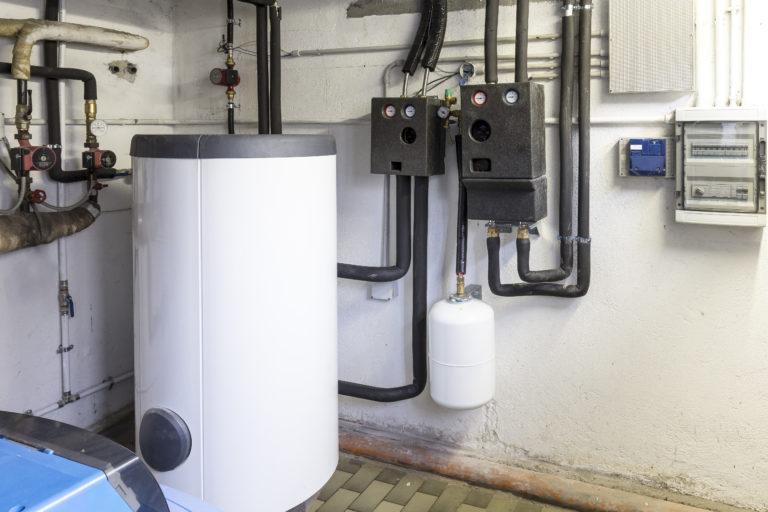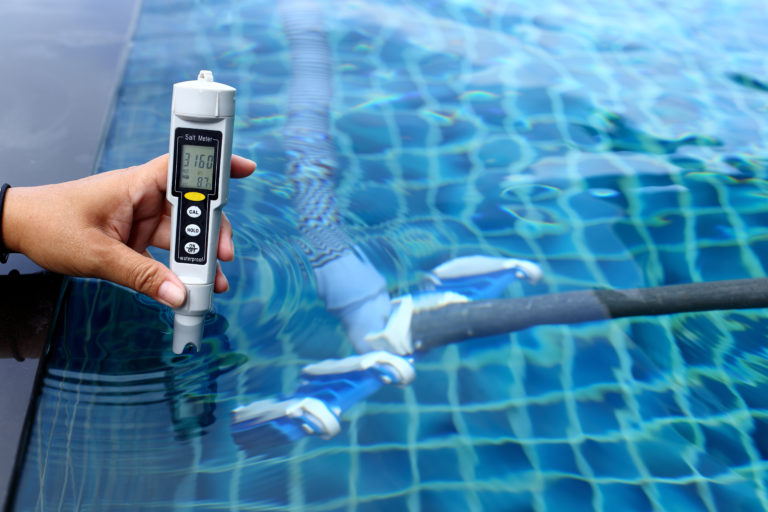A Guide to Planning and Designing Pool Drainage Systems
You’re planning your dream pool but have you considered the drainage system? It’s more important than you’d think.
In this guide, we’ll walk you through the key components, planning steps, and design best practices for pool drainage systems.
You’ll learn how to avoid common mistakes and maintain your system effectively.
Let’s dive in and ensure your pool’s health isn’t watered down by poor drainage!
Understanding the Importance of Pool Drainage Systems
You’ve got to understand how crucial a well-designed pool drainage system is in maintaining the cleanliness and safety of your pool. Drainage efficiency isn’t just about getting rid of excess water; it’s also about removing pollutants and preventing stagnation.
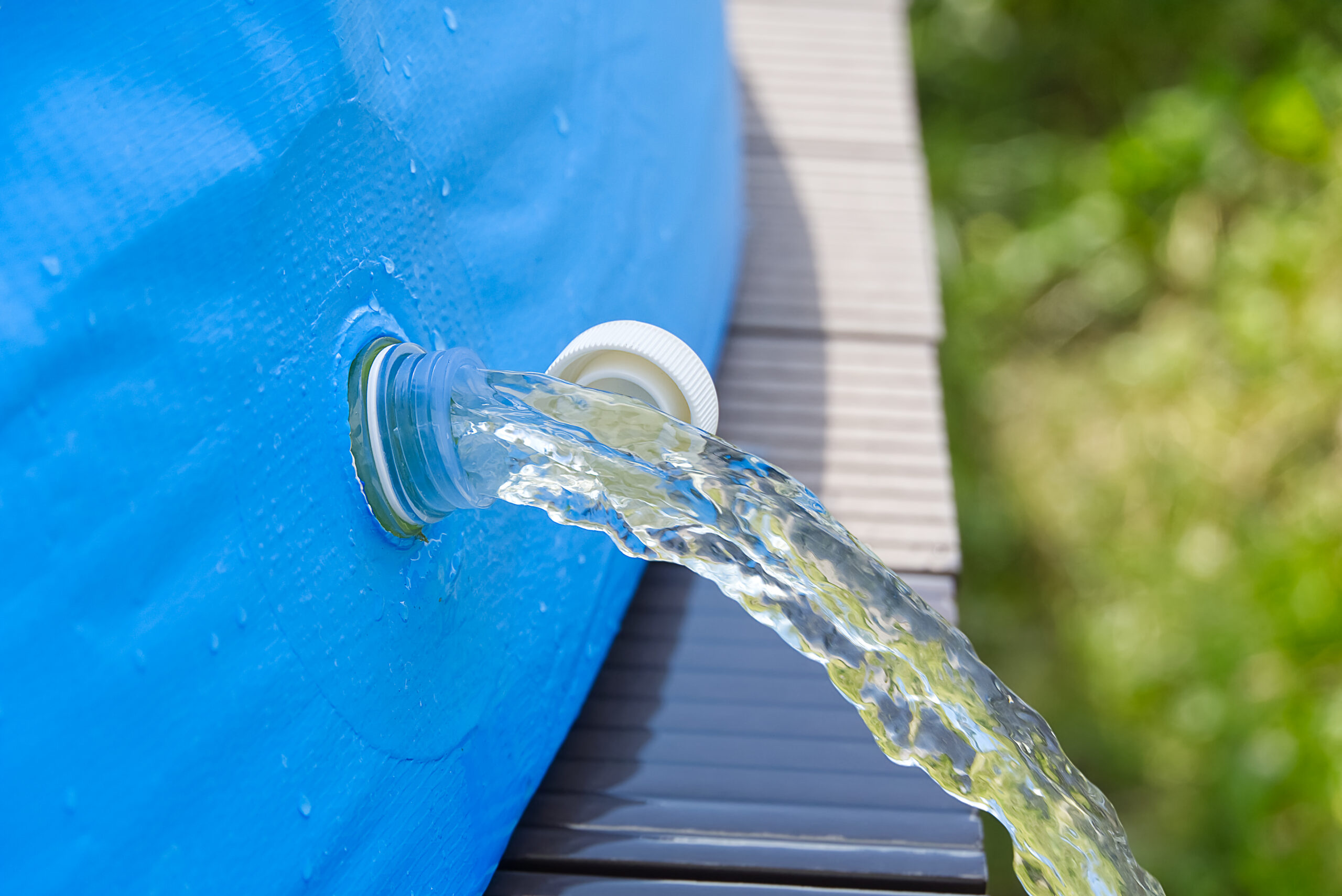
If you’re not careful, poor drainage can create an ideal breeding ground for harmful bacteria, leading to serious health implications for you and your loved ones. Imagine swimming in a pool where the water is continually recycled without being adequately drained or cleaned- that’s a fast-track ticket to skin rashes, eye irritations, and possibly more severe health issues.
So what should you do? Investing time and resources into understanding the intricacies of effective pool drainage design pays off in spades. You need to ensure your drain covers are correctly installed, keeping them free from debris that could lead to blockages. Also important is making sure your system has enough capacity to handle heavy rainfall without flooding.
Key Components of Pool Drainage Systems
You’re about to delve into the heart of pool drainage systems, understanding their key components and why each part is vital.
It’s not just about water flow; it’s about designing a system that works efficiently and effectively.
You’ll see how every element plays a critical role in maintaining your pool’s health and cleanliness.
Drainage System Elements
In designing your pool’s drainage system, it’s important to understand its key elements. Both function and aesthetics are crucial. Drainage system aesthetics don’t have to compromise functionality; innovative drainage solutions can ensure a seamless blend of both.
Consider these aspects:
– Grates: Choose grates that are efficient yet visually appealing.
– Location: Strategically place drains so they’re effective but not a distraction.
– Materials: Use materials that complement your pool design while ensuring durability.
– Maintenance accessibility: Design for easy cleaning and upkeep.
– Overflow system: Implement innovative solutions for handling overflow, enhancing the overall appearance.
Importance of Components
Don’t underestimate the importance of each component in your setup. They all play a vital role in maintaining balance and functionality. The right elements not only ensure an effective drainage system lifespan but can also provide eco-friendly options.
You’ll want to consider materials that are durable yet don’t harm the environment. Choose wisely when it comes to pipes, valves, and pumps. They’re essential for water flow control and debris removal. Remember, it’s not just about longevity; you’re also looking at sustainability.
Eco-friendly components might cost a bit more upfront, but they save you money over time while reducing your environmental impact. So pay attention to each element in your pool’s drainage system. Doing so will give you peace of mind knowing that your setup is both durable and earth-friendly.
Steps to Planning Your Pool Drainage System
Let’s start by outlining the steps to planning your pool drainage system, which will ensure efficient water flow and prevent potential problems.
You’ll want to be aware of Drainage Legislation in your area, as well as Slope Considerations for your property.
1. Understand Local Drainage Legislation: Each region has its own set of rules for how water should be drained from pools. Make sure you’re familiar with these laws before starting your project to avoid legal issues down the line.
2. Assess Property Slope: The slope of your land can greatly impact how effectively your pool drains. If it’s too steep, you might have runoff issues; if it’s too flat, water could pool up instead of draining away.
3. Design Your System Accordingly: Once you’ve got a handle on the legislation and have assessed your property’s slope, design a system that complies with laws and works effectively given your land’s characteristics.
Choosing the Right Materials for Pool Drainage
You’ll need to be selective when choosing materials for this project, as they can greatly impact the efficiency and longevity of your setup. A key factor to consider is material durability. Selecting durable materials will ensure that your pool drainage system withstands the test of time and harsh weather conditions.
Consider materials like stainless steel or hard PVC, known for their resistance to erosion and corrosion. However, don’t just jump at the most durable option; you’ve also got to conduct a cost-effectiveness analysis.
Balancing between upfront costs and long-term value is crucial in making an informed decision. For instance, cheaper alternatives might look attractive initially but could lead to frequent replacements and repairs down the line, resulting in more expenses overall.
So do some research, compare different material options based on their durability and cost-effectiveness before settling on one. Remember, this isn’t about finding the cheapest or toughest material but rather striking a balance between durability and cost that best suits your specific needs.
Best Practices for Designing Pool Drainage Systems
Having selected the right materials for your pool drainage, you’re now equipped to tackle designing the system. It’s crucial to prioritize Drainage Placement and System Efficiency when planning this out.
| Drainage Placement | System Efficiency | Best Practices |
| Centralized Drains | High Flow Rate | Regular Cleanups |
| Perimeter Drains | Seamless Integration with Pool Design | Proper Sizing |
| Strategic Placements for Large Pools | Energy Efficient Pumps | Regular Maintenance Checks |
| Avoiding High Traffic Areas | Utilization of Gravitational Flow | Correct Slope Implementation |
| Inclusion of Additional Surface Drains if Needed | Minimized Water Backflow | Use of Quality Materials |
Centralized drains are a popular choice, but perimeter drains or strategic placements in larger pools can offer improved efficiency. You should avoid high traffic areas to prevent clogs and consider additional surface drains if needed.
System efficiency is achieved through high flow rates and seamless integration with your pool design. An energy-efficient pump minimizes backflow while utilizing gravitational flow.
Best practices include regular cleanups, proper sizing, maintenance checks, correct slope implementation, and using quality materials from the get-go. By adhering to these guidelines, you’ll ensure an effective pool drainage system that keeps your pool clean and safe.
Common Mistakes to Avoid in Pool Drainage Design
Despite your best efforts, there are still common pitfalls that can hinder the effectiveness of your water management setup.
These drainage pitfalls often come from design flaws and can lead to serious issues if not addressed promptly.
For starters, you might be tempted to design a system with insufficient slope. It’s critical, however, that your pool’s drainage has enough gradient for proper flow. A flat or near-flat drain will result in stagnation and could cause health risks.
Additionally, overlooking the importance of quality materials is another common mistake. You may feel like saving money by opting for cheaper pipes or drains, but this short-term gain can cause long-term pain when they fail prematurely.
You also need to be cautious about incorrectly positioned drains which could lead to areas of poor water evacuation. It’s important to strategically place them around the pool to ensure effective drainage.
Lastly, don’t underestimate the size and number of drains needed for your pool. Having too few or undersized drains will likely result in inefficient water removal.
Remember these pointers while designing your pool drainage system – it’ll make all the difference between smooth sailing or perpetual issues down the line.
Maintenance Tips for Pool Drainage Systems
It’s essential to regularly clean and inspect your water management setup for optimal performance. Pool drainage systems can be complex, but with routine maintenance, you’ll boost drainage efficiency and avoid common issues.
Start by clearing any debris from the drains and filters. Leaves, dirt, or other materials can clog up the system, reducing its efficiency. You should also routinely check for signs of damage or wear on drain covers. It’s not just about aesthetics; damaged covers can pose a safety risk.
System troubleshooting becomes necessary when there are issues despite regular cleaning and checks. This could include problems like poor water circulation or slow draining. In these cases, it might be worth calling in a professional to diagnose and fix the issue.
Don’t forget about seasonal maintenance tasks too! After all, pool needs vary depending on the time of year. For instance, before winter hits, you’ll want to ensure that your system is ready to handle colder temperatures.
Remember: consistent care promotes longevity and performance in your pool drainage system. By staying on top of your maintenance schedule, you’re investing in years of trouble-free swimming enjoyment.
Case Study: Successful Pool Drainage System Designs
Let’s delve into some successful case studies that highlight effective water management setups. You’ll see how drainage system innovations and eco-friendly designs play a crucial role in these success stories.
First, consider the Gold Coast Aquatic Centre in Australia. They’ve implemented a top-notch pool drainage system that not only efficiently drains water but also recycles it. The system uses cutting-edge filtration technology to ensure water cleanliness while saving precious resources-talk about eco-friendly!
Then there’s the iconic Marina Bay Sands Infinity Pool in Singapore. Its innovative overflow drainage system is cleverly hidden, maintaining the illusion of an endless water surface without compromising functionality. It’s an impressive example of design and efficiency working hand-in-hand.
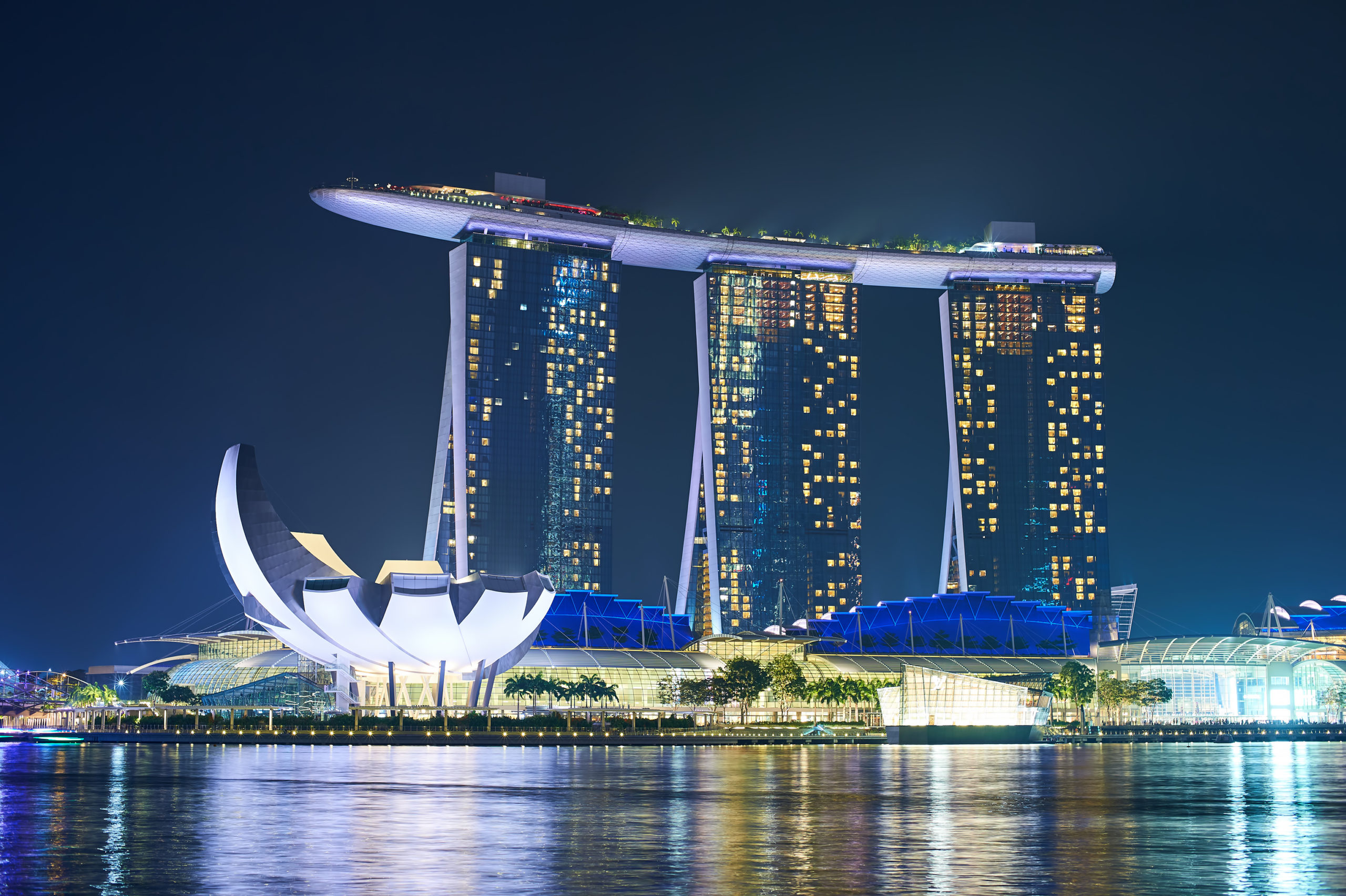
Lastly, let’s talk about your own backyard pool scenario. With new advancements in technology, you too can incorporate these smart and sustainable practices into your design plan. Experts are increasingly recommending eco-friendly systems which effectively manage run-off, prevent pool overflow, and ensure efficient use of resources.
Frequently Asked Questions
What Are the Potential Health Risks Associated With Poor Pool Drainage Systems?
Poor pool drainage systems can expose you to serious health risks. You’re susceptible to drainage infections from standing water and, without proper system maintenance, harmful bacteria can breed and cause various illnesses.
How Often Do Pool Drainage Systems Need to Be Updated or Replaced?
You should update or replace your pool’s drainage system every 20-25 years. However, regular drainage maintenance can prolong this system lifespan. Don’t neglect it to prevent serious health risks and costly repairs.
Can Pool Drainage Systems Impact the Overall Value of My Property?
Yes, your pool’s drainage system can impact your property’s value. Proper drainage maintenance can prevent costly repairs, while attractive drainage aesthetics enhance your pool area, potentially increasing overall home appeal and value.
How Do Different Climates or Locations Affect the Design of Pool Drainage Systems?
Different climates and locations greatly affect your pool’s drainage system design. You’ll need to use climate adaptation strategies and location-specific drainage solutions to ensure optimal function, longevity, and minimal environmental impact.
What Regulations or Guidelines Should I Be Aware of When Installing a Pool Drainage System?
When installing a pool drainage system, you’ll need to consider local regulations and guidelines. They’ll affect your choice of drainage material options and impact the overall system installation cost. Always research before starting work.

